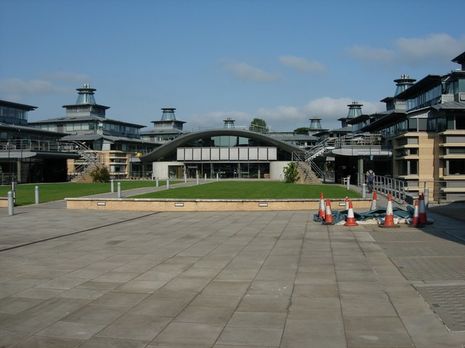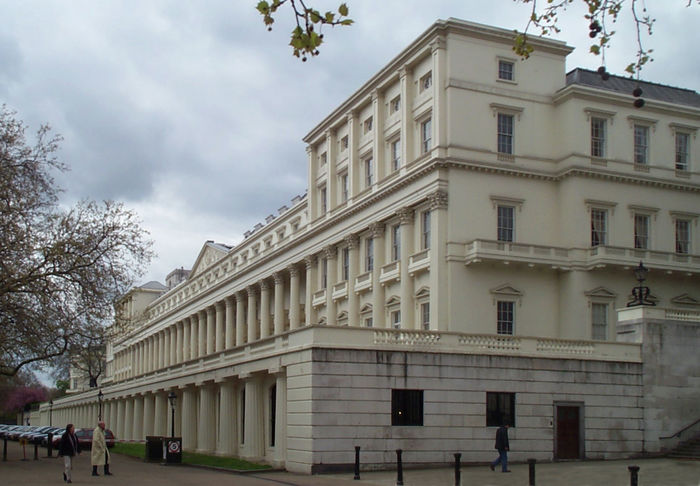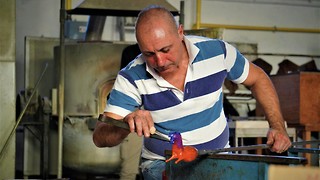Cambridge scientists unite to model pandemic: ‘We are humans first and mathematicians or scientists second’
A team of scientists in Cambridge team have been involved in the wider effort to draft in scientists to assist with the Covid-19 response

The Rapid Assistance in Modelling the Pandemic (RAMP) programme, which began at the end of March, has drawn scientists across Cambridge to assist in national efforts in building epidemic models of Covid-19.
The Cambridge RAMP team, led by Dr Ronojoy Adhikari at the Department for Applied Mathematics and Theoretical Physics (DAMTP), began their work after the Royal Society, the UK’s national academy, called for scientists to assist with epidemic modelling of the pandemic. The DAMTP team’s first paper was published earlier this week.
RAMP aims to mobilise statistical modellers who do not ordinarily specialise in pandemic modelling to contribute their expertise. This is at a time when specialist modellers are working “at full stretch”, according to the original call for assistance.
Although not specialists in disease modelling, the scientists from DAMTP have been able to adapt their expertise. Speaking to Varsity, Dr Rajesh Singh, a soft-matter physicist who has been working on the project, explains that “infectious diseases are like chemical reactions really.” Singh explained that, instead of two reactants resulting in a product, an infected and a non-infected person result in two infected people.
The DAMTP group is building models which simulate how Covid-19 might spread through population groups which could be more or less susceptible to the disease. The models allow specialists to interrogate the epidemiological data to predict what impact preventative measures, such as social distancing or opening schools, will have on the transmission of the virus.
Dr Singh explains that their aims are “prediction, inference and intervention.”
While many models have sought to predict the path of the outbreak, the DAMTP model uses available data to infer information about the current status of the pandemic thus enabling a better prediction.
An important part of this process is extrapolating the number of actual cases from the number confirmed cases. This is because the UK’s testing will not capture all cases of infection. With this adjusted data, it is hoped that the model can forecast the path of the pandemic in a way which better mirrors reality.
Dr Singh continued: “our model has two kinds of structures. One is the age structure and one is the contact structure.” The former can determine the impact of shielding older people, who are more vulnerable to Covid-19.
The version of the model which examines contact aims to understand where people catch the disease and thus what preventative measures should be taken. “If you close schools, no one will meet at school. But you still allow people to go to work” Dr Singh explains.
This could be applied at a local level, “modelling at the detail of a 7,000-person community” as Irene Li, a third-year PhD student working within the RAMP team, told Varsity.
A crucial part of the work includes modelling the economic costs of interventions. “So far we’ve been saying ‘OK if you see more than 100 cases in a day, you close schools, companies and transport.’ But that’s not very realistic because the government needs to worry about the economy.” says Dr Singh. Instead, there needs to be “full optimisation”: reducing mortality while being aware of the economic impact of interventions.
The RAMP programme has involved hundreds of researchers across the UK. “I have never worked on this scale before,” says Dr Singh. “It’s truly collaborative”.
Michael Cates, the Lucasian Professor of Mathematics and the chair of the RAMP Steering Committee, said in a statement that the COVID-19 pandemic had brought about an unprecedented unity of purpose amongst scientists: “It shows that we are all humans first and mathematicians or scientists second – faced with a human catastrophe, everyone’s first instinct is to do whatever they can to help out. The goal of RAMP is to marshal this goodwill into the most productive channels possible”.
 Comment / The (Dys)functions of student politics at Cambridge19 January 2026
Comment / The (Dys)functions of student politics at Cambridge19 January 2026 News / Local business in trademark battle with Uni over use of ‘Cambridge’17 January 2026
News / Local business in trademark battle with Uni over use of ‘Cambridge’17 January 2026 Arts / Exploring Cambridge’s modernist architecture20 January 2026
Arts / Exploring Cambridge’s modernist architecture20 January 2026 Features / Exploring Cambridge’s past, present, and future18 January 2026
Features / Exploring Cambridge’s past, present, and future18 January 2026 News / Your Party protesters rally against US action in Venezuela19 January 2026
News / Your Party protesters rally against US action in Venezuela19 January 2026








